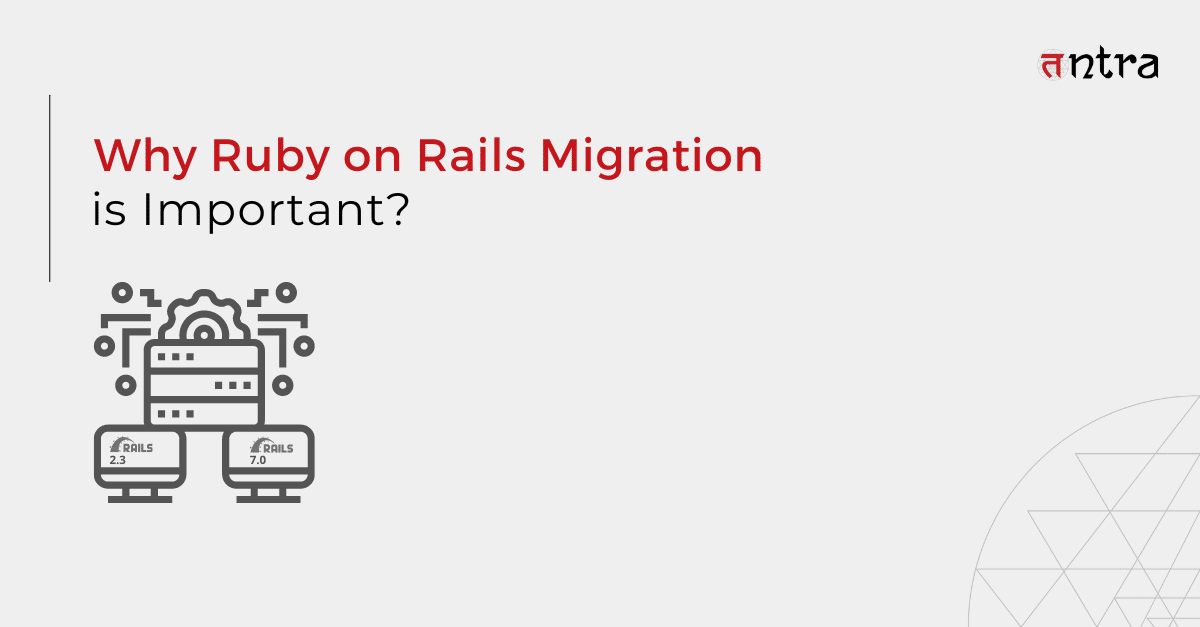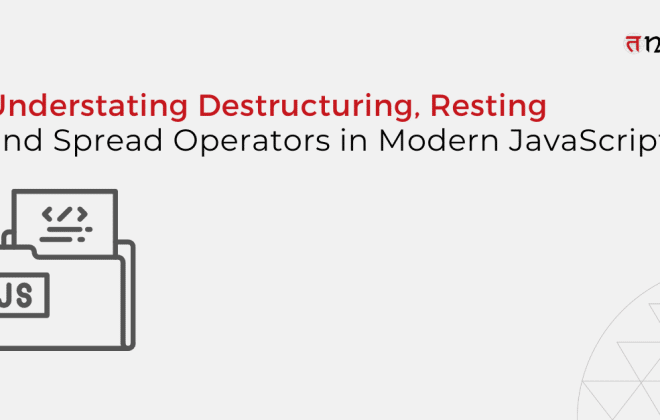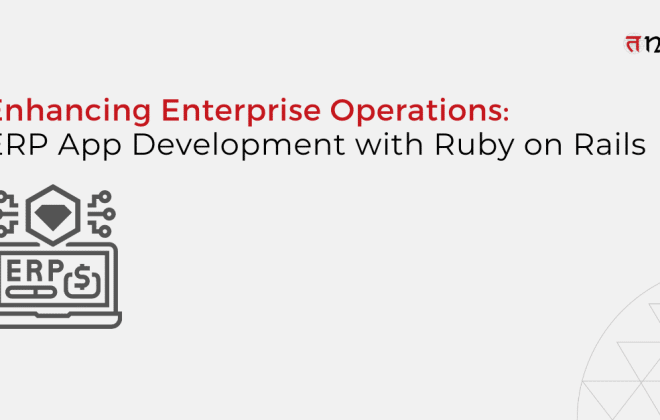
Why is Ruby on Rails Migration Important in 2023?
Table of Contents
ToggleIt is always challenging while upgrading a Rails application to a newer version . It raises many questions when the application is an older monolith.
The first question has come to mind: Why is it important to upgrade the Rails version?
3 major Reasons to Upgrade the Rails Application
1. Security Concerns:
- One of the most important concerns of your website or application, irrespective of any technology it is based on, is the security of data or contents, which need to be protected from any hack, theft, or attacks. Protecting the data and sensitive information is a priority for any website or application. Therefore, it would not be wise to wait until serious security concerns arise.
- Ruby on Rails is continuously releasing security patches with new versions, created against the current security threats. If our website or application is upgraded to the latest version, it will prevent the execution of third-party code or any injection with the wrong intention.
- Not only for security, but it also helps you to:
- Protect your brand reputation
- Gain control over your application
- Manage legal complication
2. Performance Improvement and Bug Fixes:
- Every Ruby on Rails release comes with improvement, so our website or application runs faster and smoother. Ruby and Rails both receive updates separately. Bugs are a natural part of any development process.
- If you don’t upgrade your website or application, then you might miss some critical concerns. It will affect your website by creating multiple issues such as memory leaks, poor garbage collector performance, query response time, etc. Upgrading the version will save time for bug fixes and improve the response time of our application.
- If we think about the user perspective, then we also want an application that goes smoother and loads pages faster or responds as quickly as possible. Will you still want to stand for the older version? Of course not. Let’s move on.
3. Dependencies:
- Library or Plugin (In Rails, it is called a gem) also receives updates for performance and security. It won’t be supported by the older Rails version application. A new upgrade keeps you up-to-date with all the latest updates of gems dependencies that you receive. If we don’t upgrade, it will become challenging for developers or others to work smoothly or maintain the code correctly. Issues will become hard to solve.
- I recently faced this in one of my last projects.
- So, here are some points that are described above. There are a lot of other things we can focus on. Let’s move to the next thing.
Read more: Ruby on Rails: Relevance and Best Practices
The Critical Points While Migrating to a New Version
Here are some critical points which should be taken care of while migrating:
- Migrate without affecting the feature development
- No users should be affected or as few as possible
- Make sure all logic works correctly after migration
- All dependencies are upgraded to the migration
Important Note: When we are migrating, upgrade incrementally to the version of Rails at once. It will help to migrate properly for specific versions with dependencies and changes.
Before Migration, remember:
- The best way to be sure that your application works fine after upgrading the version is to have good test coverage. It will be beneficial if the application covers the test coverage. So, we run the test after upgrading the version and check all features are working fine. Otherwise, we need to manually test all features that you have changed.
- Declare the parameters as strong parameters before upgrading to Rails.
- It helps to have a tool that can verify all the parameters on its own. Shastra, a Rails migration tool by Tntra, offers such capabilities. The tool automates the process of Ruby on Rails migration, offering migration in less time and with complete scalability.
Conclusion
Upgrading the Rails version is essential to ensure the application’s safety and performance. Today, Rails 7.0 is here. It provides the latest updates for applications to perform to their optimum capability. Ruby on Rails migration is useful for enterprises that want to stay relevant and take advantage of RoR’s excellent execution and power.
Want to know how to migrate the Rails version? Stay Tuned to know the process of Ruby on Rails migration in the upcoming article.
When you need a partner for Ruby on Rails migration, look no further than Tntra. We have 30+ Rails experts with 10+ years of experience in Ruby on Rails. Consult us today for free.





